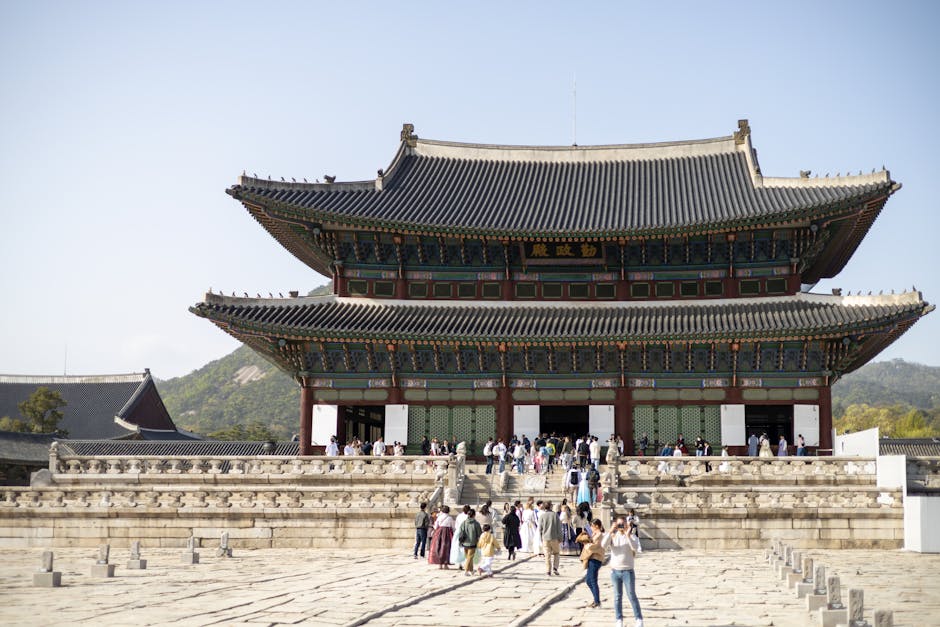Introduction
On August 15, 2025, South Korea's President Lee Jae Myung announced plans to restore a 2018 military agreement with North Korea, aimed at reducing border tensions and promoting peace between the two nations. The agreement, known as the September 19 Comprehensive Military Agreement, was previously signed by North Korean leader Kim Jong Un and South Korea's former liberal President Moon Jae-in.
Background of the 2018 Military Agreement
The September 19 Comprehensive Military Agreement was a significant de-escalation measure between North and South Korea. It included the cessation of certain military activities along the border, the establishment of a joint liaison office, and the implementation of measures to prevent accidental clashes. The agreement was seen as a crucial step towards denuclearization and peace on the Korean Peninsula.
Reasons for the Agreement's Suspension
The agreement faced challenges and was partially suspended due to increased tensions, particularly after North Korea's continued nuclear and missile tests. The relationship between North and South Korea deteriorated further following the strengthening of North Korea's ties with Russia, particularly in the context of the Ukraine conflict.
President Lee Jae Myung's Announcement
President Lee Jae Myung, speaking on the 80th anniversary of Korea's liberation from Japanese colonial rule, emphasized the need for renewed dialogue and cooperation. He stated, > "Everyone knows that the long-drawn-out hostility benefits people in neither of the two Koreas." Lee's administration aims to revive the stalled agreement as part of a broader effort to rebuild trust and foster dialogue with North Korea.
Key Provisions of the Revived Agreement
The revival of the agreement includes several key provisions:
- The resumption of joint military activities aimed at reducing tensions.
- The re-establishment of communication channels between the two nations.
- Enhanced measures for preventing accidental clashes along the Demilitarized Zone (DMZ).
- A commitment to denuclearization talks.
International Reactions
The international community has been closely watching developments on the Korean Peninsula. The United States, while supportive of diplomatic efforts, has emphasized the need for North Korea to abandon its nuclear weapons program. A White House spokesperson noted, > "The United States supports diplomatic efforts to achieve a peaceful resolution to the situation on the Korean Peninsula, but we also remain committed to the security of our allies in the region."
Challenges Ahead
Despite the optimistic tone from South Korea, several challenges remain. North Korea's response to the proposal has been cautious, with no immediate confirmation of their willingness to re-engage in dialogue. Analysts point out that the path to denuclearization and lasting peace is fraught with complexities, including North Korea's strategic interests and its alliances with other nations.
Historical Context
The Korean Peninsula has been a focal point of geopolitical tension since the end of the Korean War in 1953. The armistice agreement that ended hostilities left the two nations technically at war, with the Demilitarized Zone (DMZ) serving as a buffer. Over the years, there have been various attempts at reconciliation, including the 2018 agreement, which now seems poised for revival.
Conclusion
The announcement by President Lee Jae Myung to revive the 2018 military agreement with North Korea marks a significant step towards easing border tensions and promoting dialogue. While challenges lie ahead, the renewed commitment to peace and denuclearization offers a glimmer of hope for the Korean Peninsula. The international community remains watchful, recognizing the potential implications of these developments for regional and global security.
